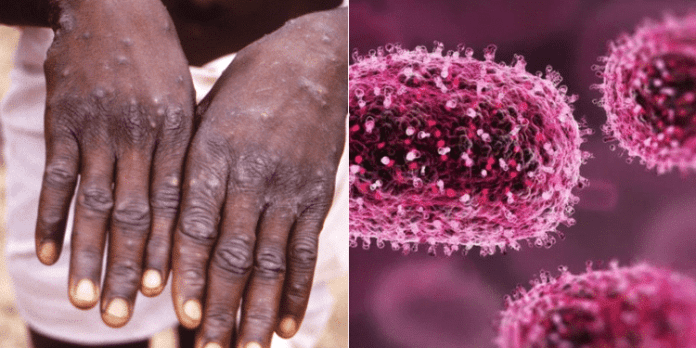Panic has engulfed the local leaders and residents as the number of Mpox cases in Makindye, Kampala Metropolitan Area hits 30, as confirmed by the Ministry of Health on November 21, 2024.
The increased cases prompted health officials in Makindye division to issue a health alert.
Speaking at the emergency health meeting at the division headquarters, the head of the Makindye health department, Alex Ndyakira, expressed growing concern over the daily increase in reported cases.
He highlighted that the particular vulnerability of individuals who frequently interact with the public, such as community workers, is due to their increased exposure.
“Makindye Division alone has recorded 30 cases so far,” Ndyakira said.
In response to the threat, a crucial emergency meeting was convened by the Deputy Makindye Resident City Commissioner, Caroline Kashaija Muyambi, who emphasized the importance of collective efforts to curb the spread of Mpox.
“It’s a killing disease, and we need to create awareness,” Muyambi said, noting, “However, it’s equally important to protect ourselves and avoid contracting the disease.”
Read Also: Health Minister Warns of Rapid Mpox Spread in Uganda
She urged leaders to play a pivotal role in controlling the outbreak, leveraging their knowledge of their communities to disseminate information and implement preventive measures, noting that the local leaders contribute 100% to controlling the spread because they know their areas and their people.
As the number of Mpox cases continues to rise, health officials and community leaders in Makindye are working tirelessly to contain the spread and protect the health of residents.
On July 24, 2024, Uganda confirmed two cases of mpox in Kasese district and subsequently declared an outbreak on August 2, 2024. As of November 18, 2024, a total of 574 cumulative confirmed cases and one death had been reported across 47 districts with an average of six contacts per case.















